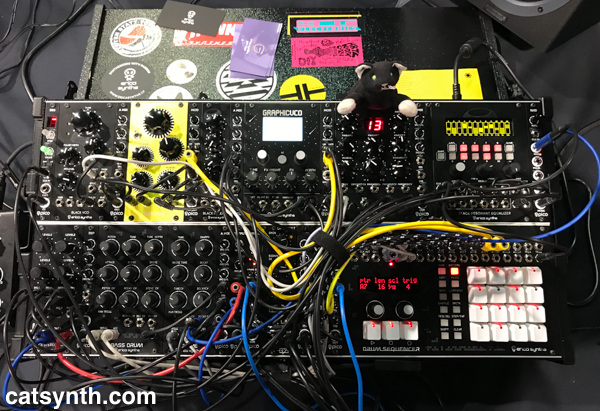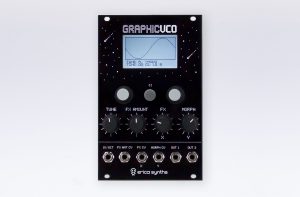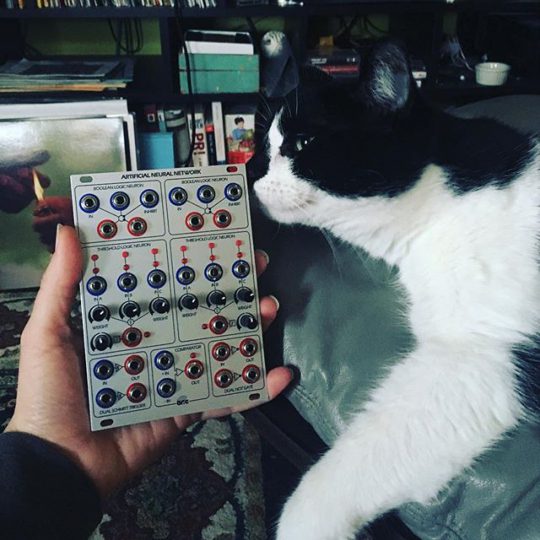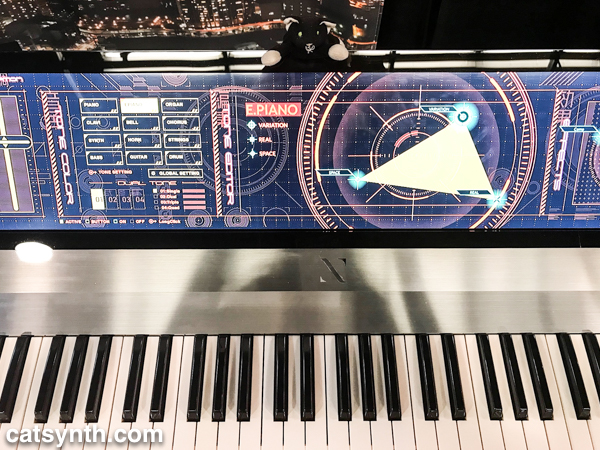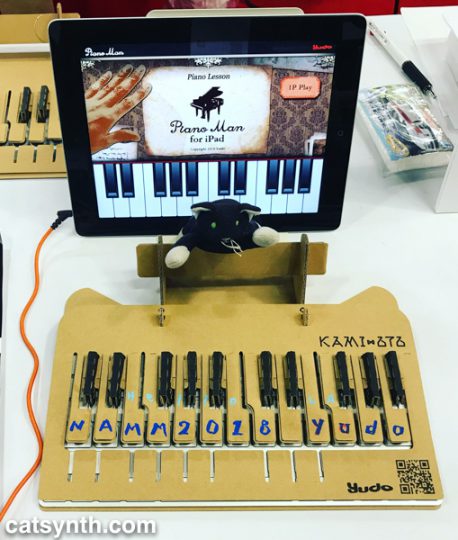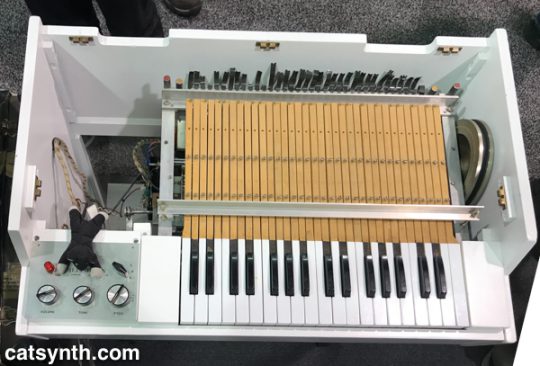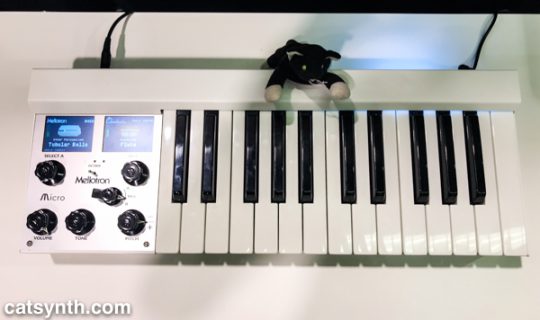We continue to work our way through our experiences from NAMM 2018 with the Arturia MiniBrute 2.
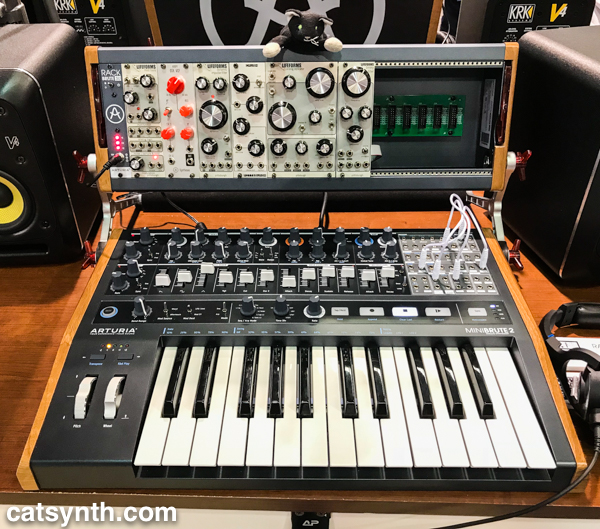
The original MiniBrute made quite a splash a few years ago with its all-analog signal path, usability, and low price. It also had a sound that was distinct from other low-cost analog synths, in part because of the “Brute Factor” knob. That knob is back in the MiniBrute 2 along with a Steiner-Parker filter that together with the Brute oscillator gives the instrument its sound. But there is now a second oscillator, and, perhaps more significantly, a modulation matrix and patch bay.
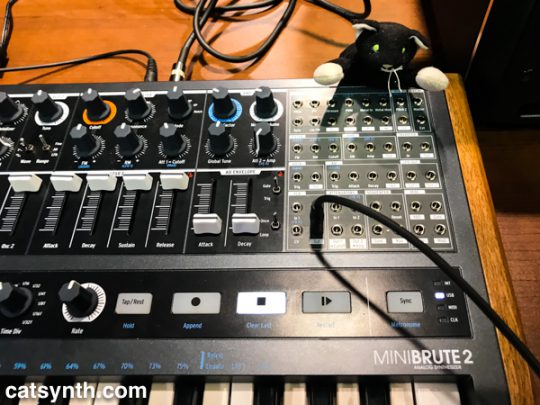
The built-in synthesizer topology includes a lot more modulation than the original, and the patch bay allows for reconfiguration and expansion with the RackBrute Eurorack cases that integrate 3U or 6U or modules with the MiniBrute in a single case. This does seem to be a trend we are seeing with built-in patch bays to full analog mono synths (the Moog Mother-32 being the prime example). One can also interpret the MiniBrute 2 as incorporating ideas from the flagship MatrixBrute writ small. The ecosystem also includes an alternate form-factor, the 2S, which has drum pads reminiscent of the BeatStep Pro instead of the keyboard.
We were only able to scratch the surface at NAMM, and also had a bit of difficulty with our video. So we are hoping to provide a more in-depth look at this instrument both here and on CatSynth TV in the not too distant future.

